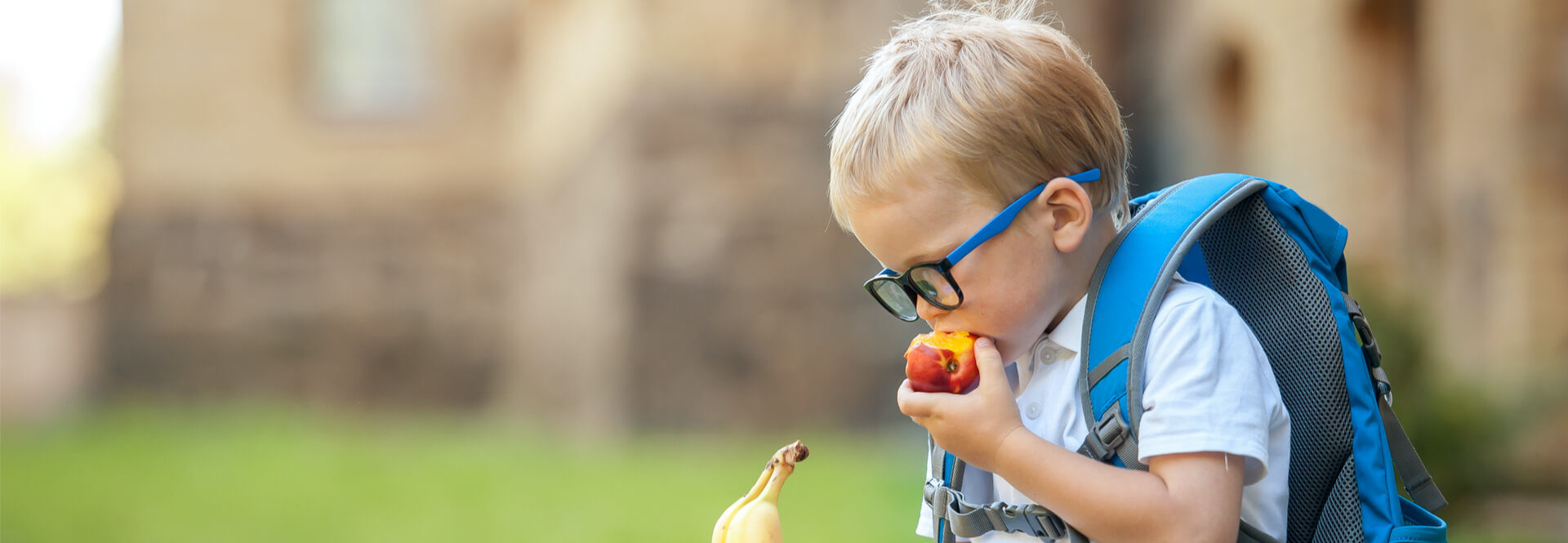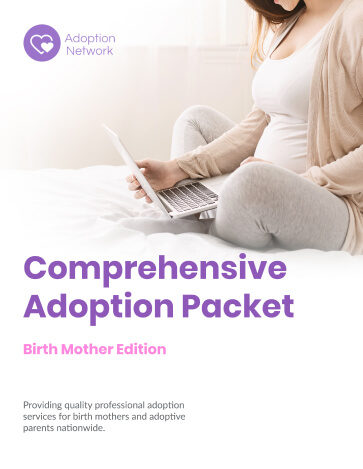
Adoption & Classroom Activities: Preschool to Kindergarten
Your adopted child is starting school. You worry about sharing adoption with teachers and administrators and how parents and other children will respond. For those with children who look like them, you have thoughts of not sharing the adoption at all. For those whose children do not physically resemble them, there are concerns over how others will respond and what comments may be expressed to you or your child.
What most parents don’t consider is that even in these early grades, there will be classroom activities that will touch upon adoption. Timelines, Who’s in My Family and Family Trees are common class and homework assignments, which are then proudly displayed on the classroom walls.
Timelines typically include a newborn picture and then a picture every year showing how the child has grown and matured. For children not adopted as infants or who don’t have a newborn picture, this assignment highlights that their early history is different from their peers.
Who’s in My Family is often a drawing by the child of family members. For young children, the concept of parents and siblings constituting a family may not be a clear one. Often children want to include pets and other special people to them. For a child being raised by a single parent, grandparent or foster parent, family may be difficult for them to explain. While classroom teachers are looking for who is in the physical household, the variety of American families these days may need to include those who live outside the physical home as well.
Family Trees are usually used to depict who is in the immediate family. They may include grandparents, aunts, uncles and cousins. If the intent of these assignments is “Who am I?” or “How have I grown?” then the typical Timeline, Who’s in My Family or Family Tree will not reflect the family of the adopted child.
Timelines could include any period of the child’s life. From birth to their current age, from the age of one when they started to walk or talk to the current time, perhaps a special event like when they got their dog, or learned new skill and how that has changed and influenced their life.
Who’s in My Family from the child’s perspective should include anyone who has a significant role in their life. It could include immediate family members, extended family members, close family friends, nannies, babysitters, au pairs, as well as the birth family if the child chooses to include them. Should your child decide to include their birth family, it will be important for you to talk to the teachers as to how this information may be shared and for them to alert you of any conversations or comments made by the other children or other parents, so that you can discuss them with your child.
Family Trees should also be able to depict not only members of the adopted family, but significant people in your child’s life and their birth family. The family tree of the adopted person is often depicted with the birth family as the roots of the tree and the adoptive family as the tree itself. Some adoption professionals suggest using a family orchard, providing room for many trees depicting various families and how they are interrelated. If your child decides to do a tree with roots and branches or a family orchard, you will need to discuss this with the classroom teacher so that she is prepared for the different look of your child’s assignment, and to help your child and other students in the class to understand this depiction.
All of these assignments may raise questions for your child about how they joined the family. You may want to discuss with your child as to how to respond to these assignments or whether they want to tell their classmates they were adopted. You may want to be present when your child shares their Timeline, Who’s in My Family or Family Tree assignment to see the reactions of others and to help them provide any explanations necessary. You may also want to discuss with your child’s teacher if there any other adopted children in the class.
These assignments offer you the opportunity to speak to your child further about how they joined the family. You might want to add a few more details than you have in the past and help them rehearse how they share their story. It is also a great time to check back with your child after the assignments have been shared in class.
You can’t always control when the topic of adoption will come up in daily life. But you and your child can keep the conversation going and be prepared to answer questions from others.
Available 24/7 to Answer Your Adoption Questions


Search Adoption Network
Speak with a Specialist 1-800-367-2367